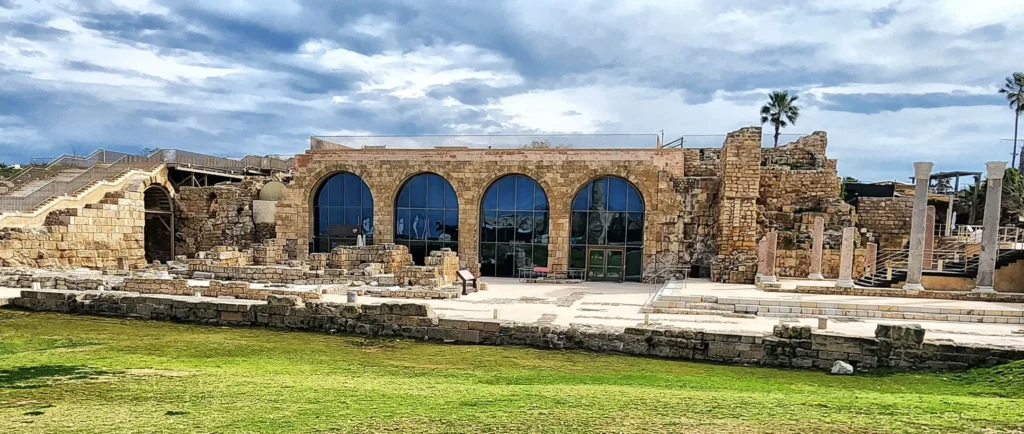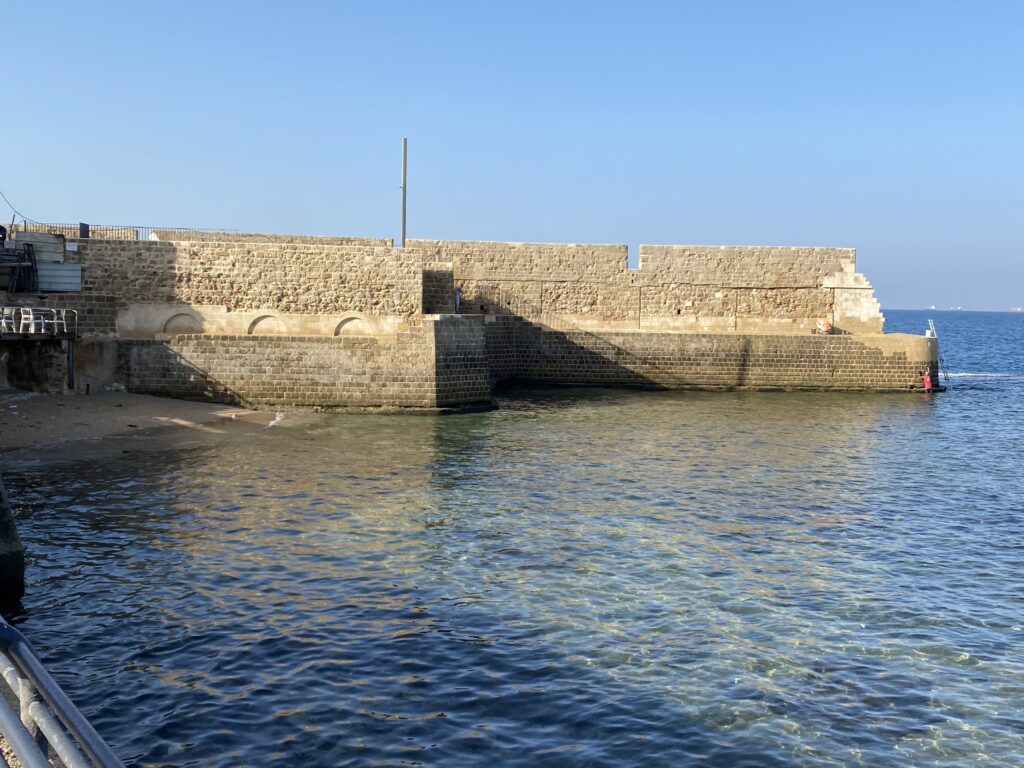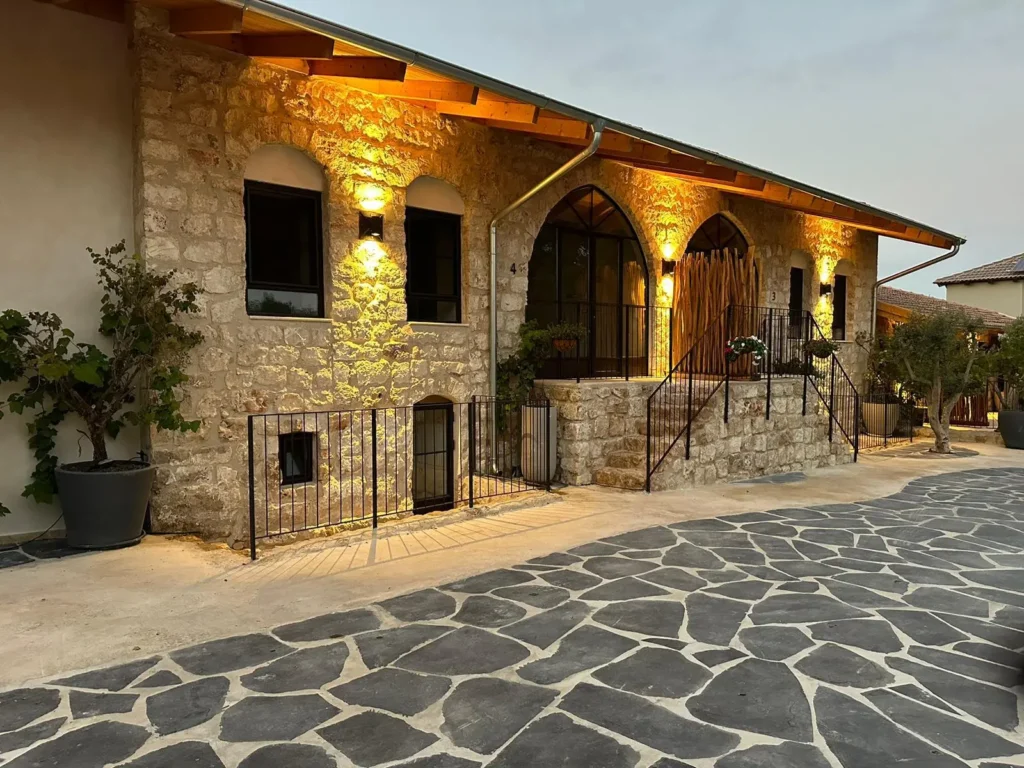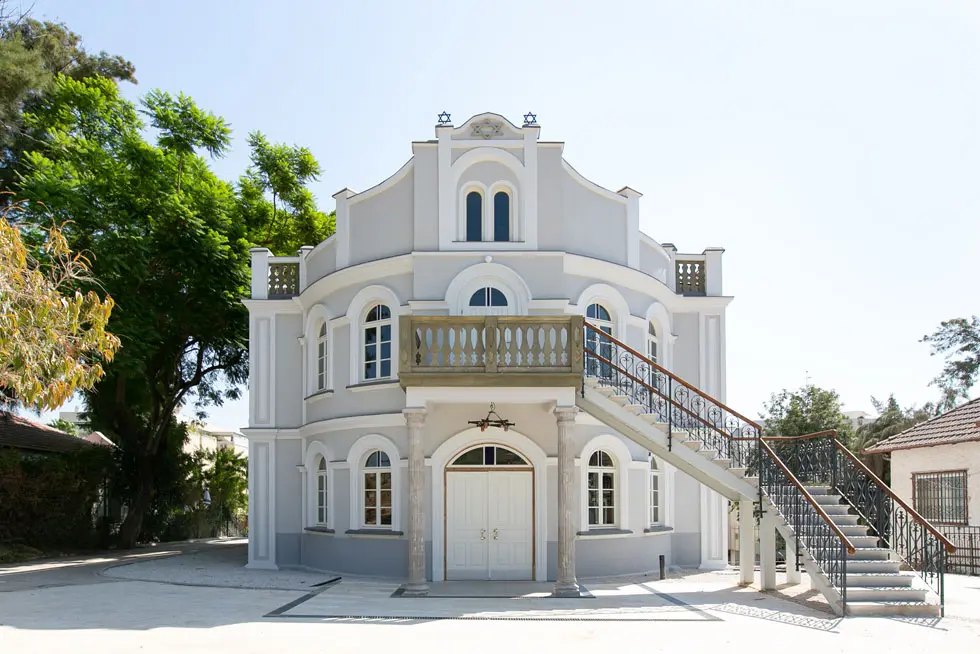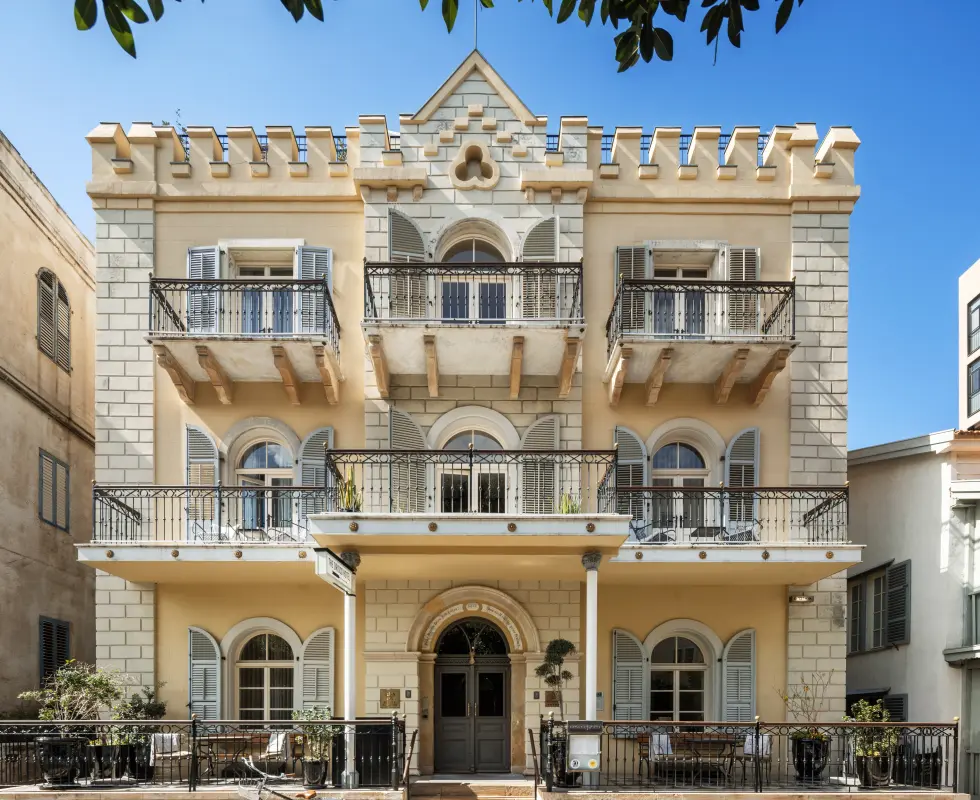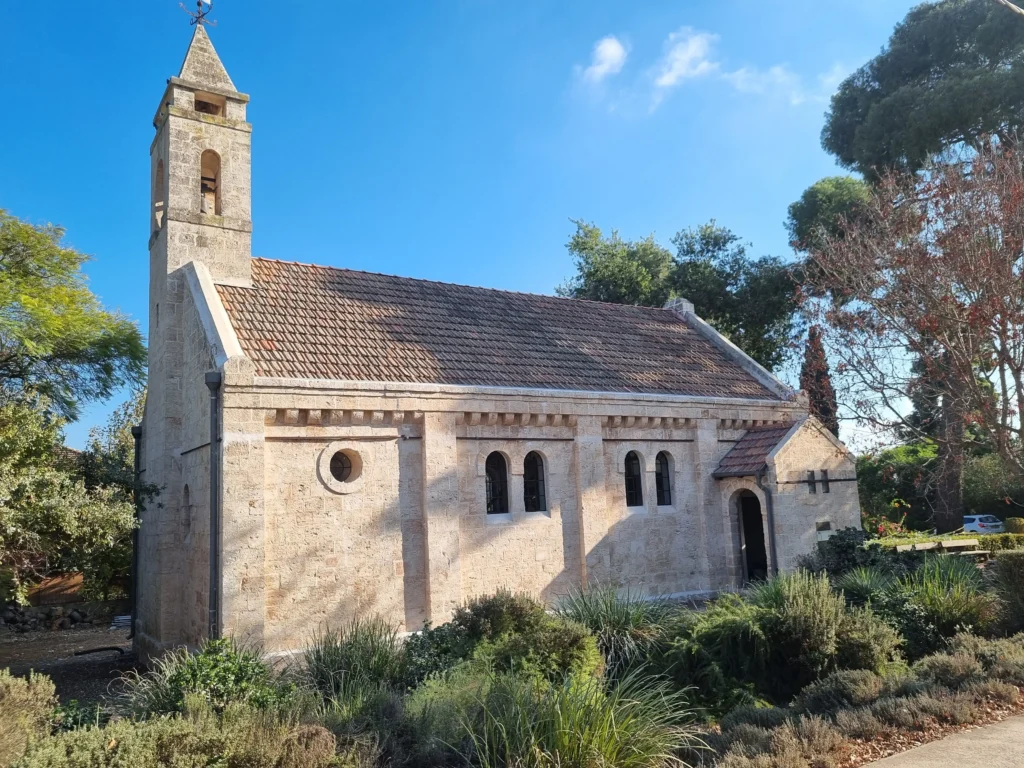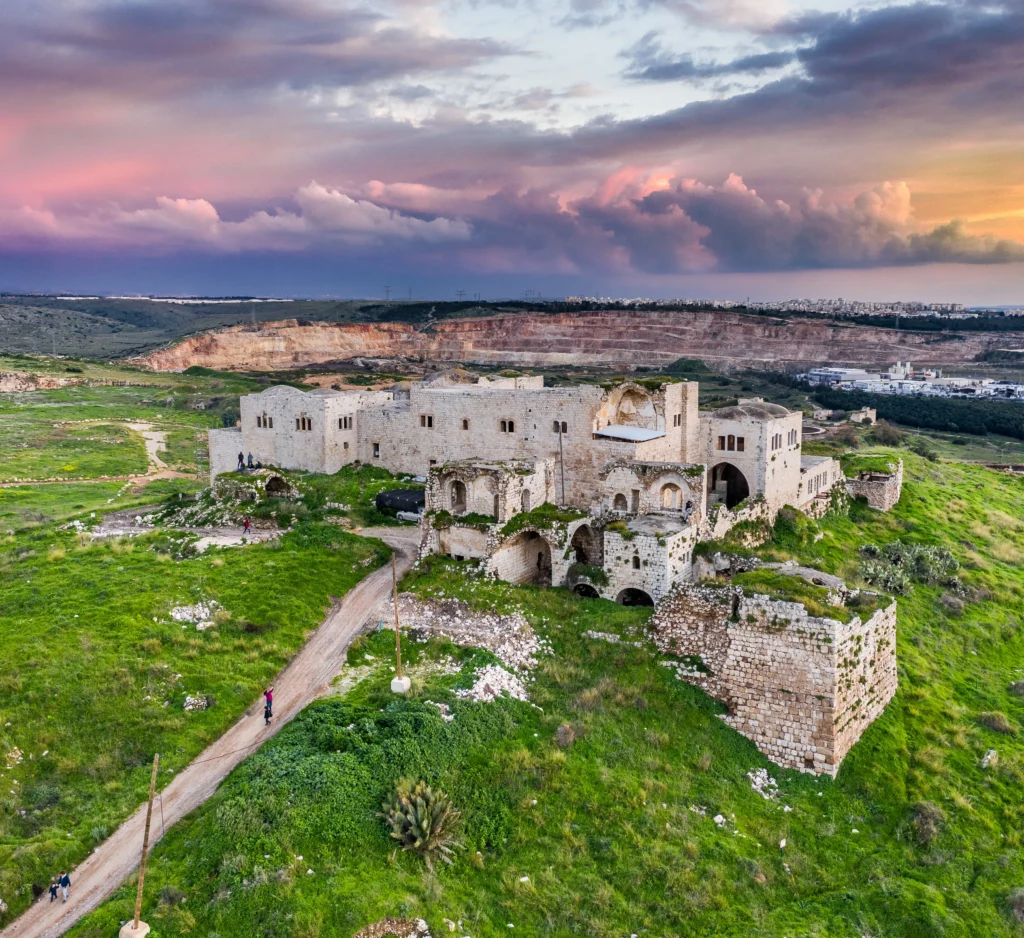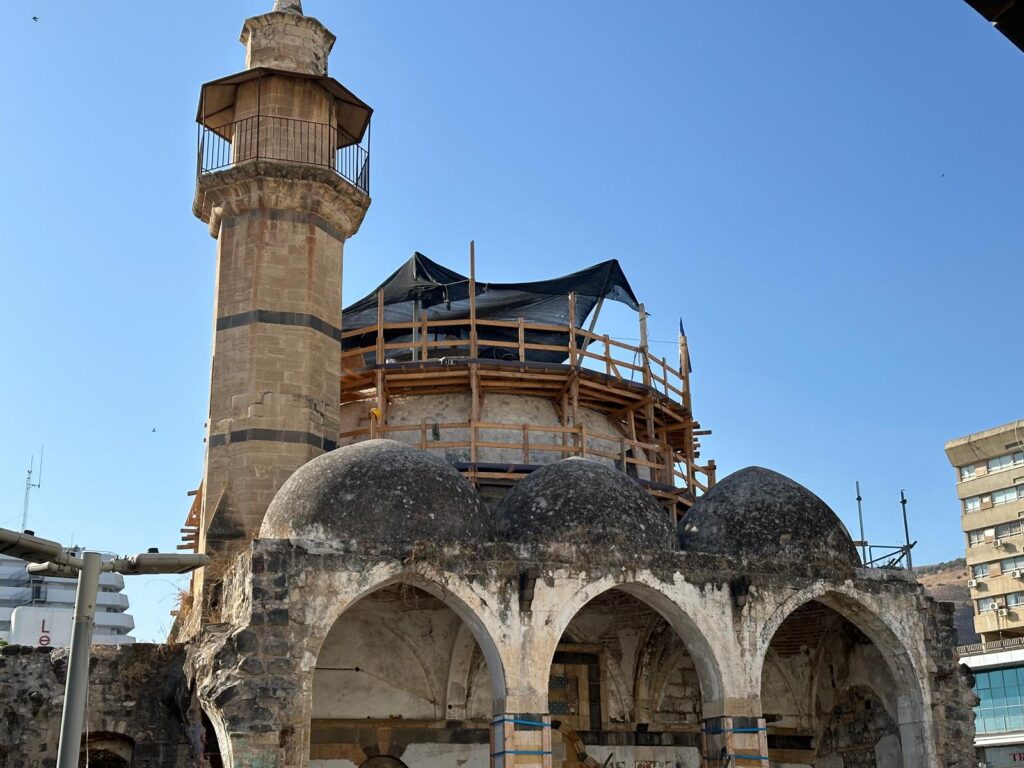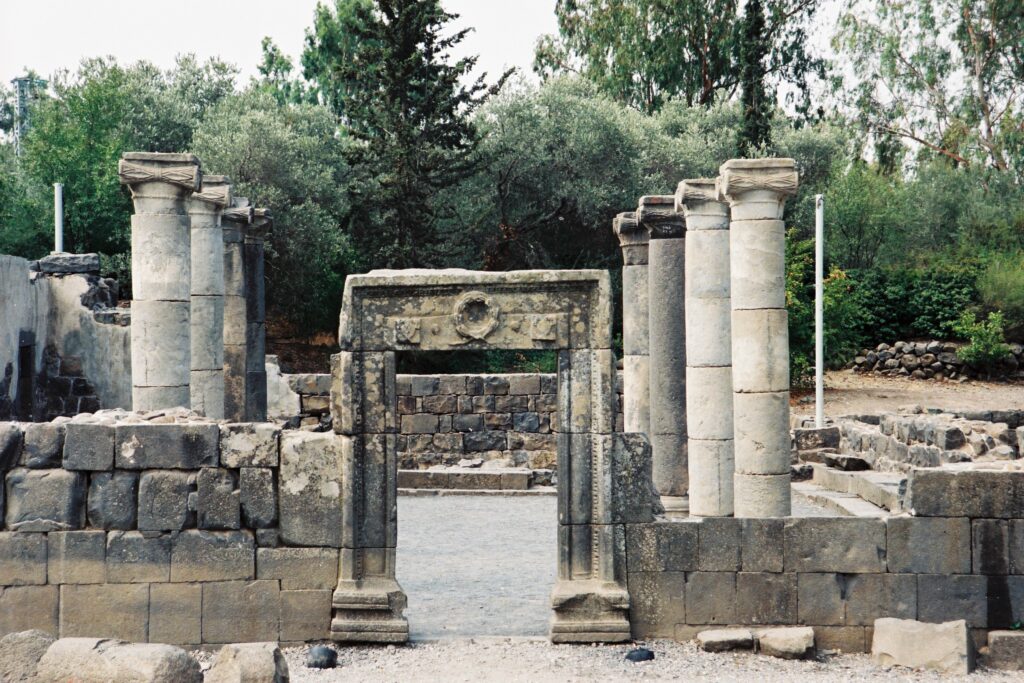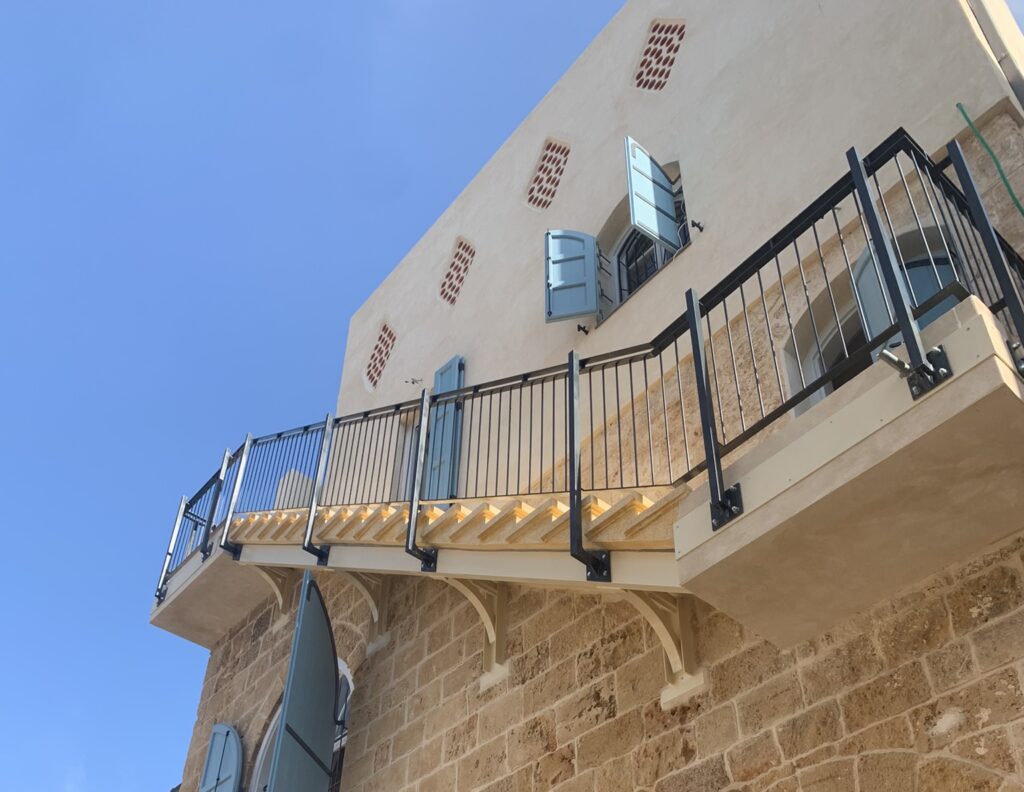Acre – Southern Sea Wall, Horse Beach
Historical Background
The sea wall of Acre is a fundamental element of the architectural heritage of the Old City. It was built during the Ottoman period in several stages along the southern shoreline, in an area that lacked a Crusader wall and once housed the original Crusader port. Today, the wall forms a natural boundary between the Old City and the sea and is an integral part of the complex that led to Acre’s designation as a UNESCO World Heritage Site.
In fact, Acre is the only city besides Jerusalem in the eastern Mediterranean basin still surrounded by its original historic walls.
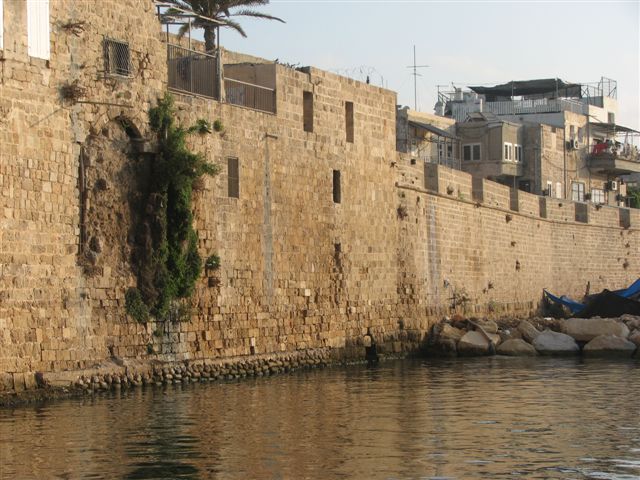
Condition Prior to Conservation
Prior to the historic building conservation project, the wall had suffered significant collapse, particularly in its lower sections and foundation within the sea. While some portions were reconstructed and stabilized during the British Mandate period, the overall condition required comprehensive engineering design and intervention to ensure its structural stability.
Project Goals
We designed the project to achieve three main objectives:
- Structural stabilization of the historic wall using a conservation-based approach, while preserving its authenticity.
- Structural reinforcement of the adjacent road in the city’s southern quarter.
- Historic building conservation of the wall as part of the historical fabric of the Old City.
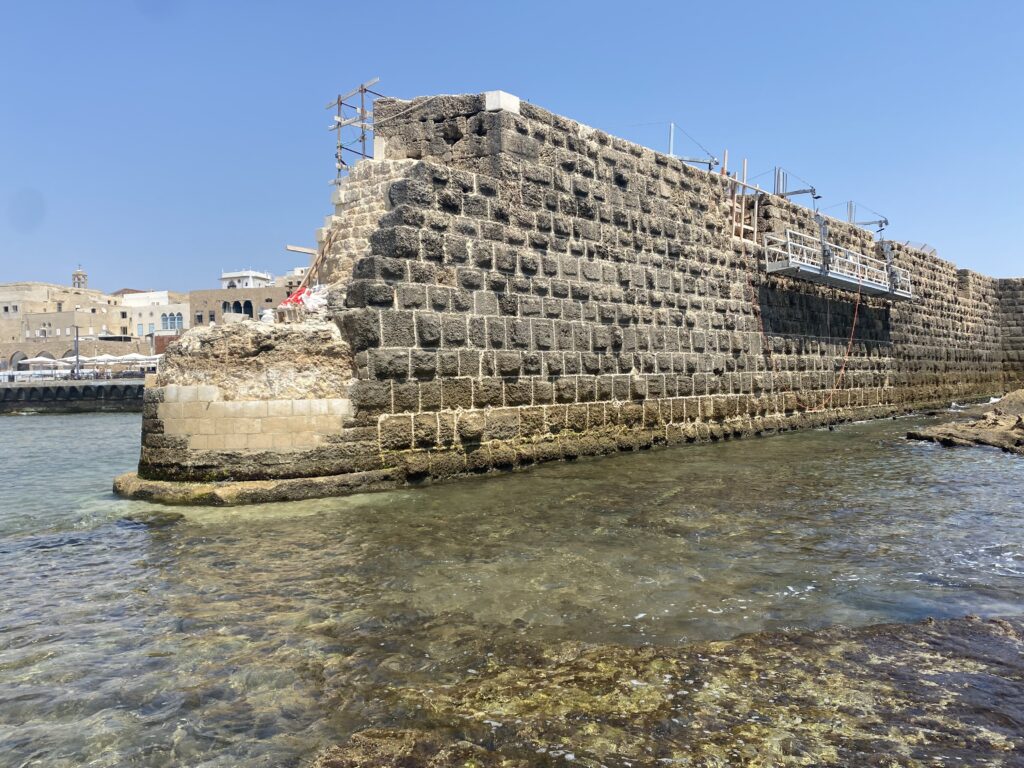
Engineering Challenges
Our team faced several major challenges:
- Working below sea level at a depth of approximately 2.6 meters.
- The wall’s foundation was built on top of archaeological layers from different historical periods.
- The requirement to use only traditional lime-based construction techniques in all conservation work.
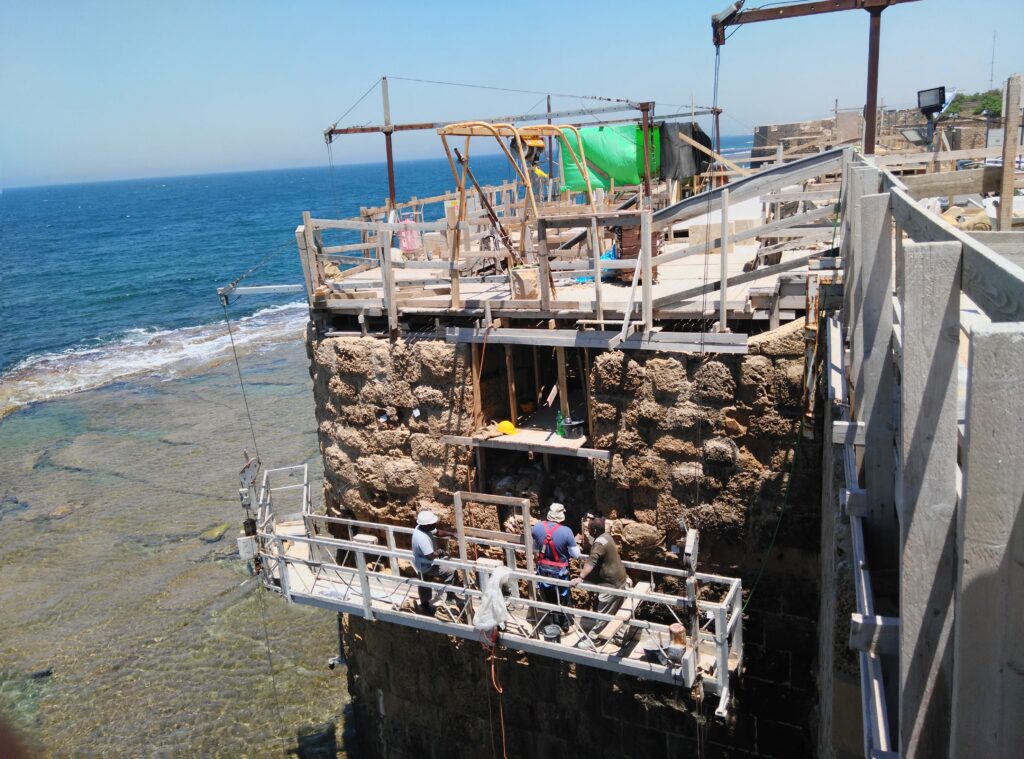
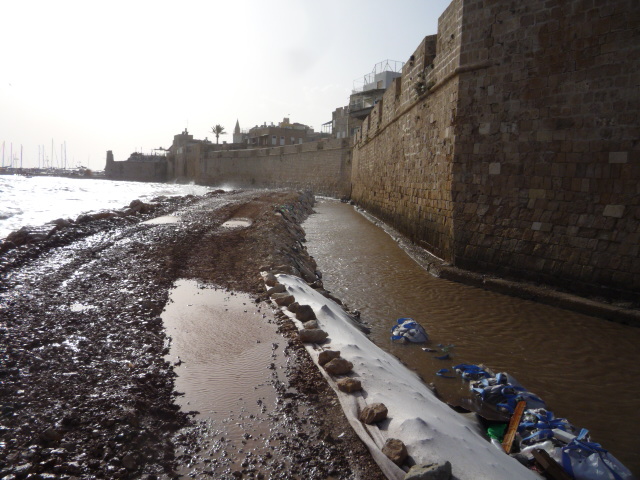
Engineering Solutions
We used several advanced engineering solutions:
- Construction of a cofferdam and dry docking system along the entire wall façade down to bedrock.
- Use of lime-based mortar adapted for underwater application.
- Reconstruction of the wall’s foundation using the original method of casting “ancient concrete” rather than using modern concrete.
- Preservation and stabilization of the original stone masonry without the use of modern materials such as cement or epoxy.
The project lasted approximately two years and was part of a broader initiative to stabilize and preserve the complete fortification system surrounding Old Acre. All work followed minimal intervention principles to preserve the wall’s historic character.
The results of the project gained international recognition and showed that ancient sea walls can be conserved using advanced engineering solutions while maintaining full material authenticity.
